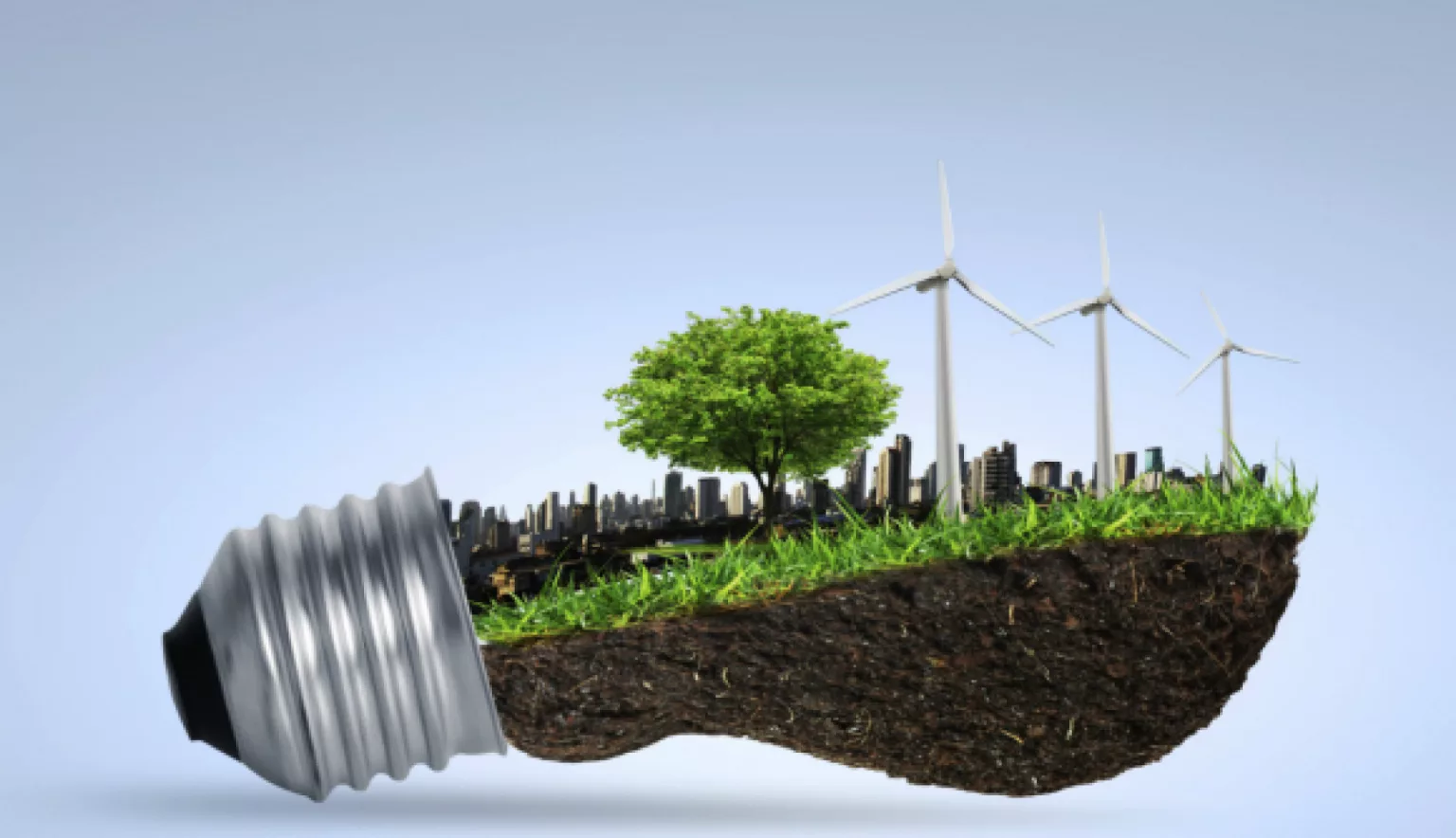In the aftermath of POWER-GEN Europe and Renewable Energy World Europe conference and exhibition which took place at the end of June, Nigel Blackaby, Conference Director takes a look over some of the pressing issues that need to be addressed to achieve the ambitious targets set at COP21.
- Q&A WITH NIGEL BLACKABY, CONFERENCE DIRECTOR, POWER-GEN
- How could a more flexible power sector help industry players to meet climate change targets in Europe?
- What role do you anticipate that local renewable power generation will play in Europe’s energy sector and how can regional utility companies capitalise on this trend?
- What can other countries learn from Denmark’s ambitious goal to meet 100 percent of its energy needs by 2050 and are there any other countries striving for a similar achievement?
- What other factors are driving growth of Europe’s renewable energy sector and why?
- With the constantly evolving attitudes towards renewables and stringent industry regulation, what is your advice to those who want to be a part of the renewable drive/revolution?
- Based on the current approach to renewables across key western European countries, what does the renewable future look like and what needs to change right now to meet the main targets outlined at COP21?

Q&A WITH NIGEL BLACKABY, CONFERENCE DIRECTOR, POWER-GEN
How could a more flexible power sector help industry players to meet climate change targets in Europe?
Nigel Blackaby (NB): Flexibility in the power system is the key to incorporating an increasing level of intermittent renewable power generation as it provides the necessary quick response to changes in output from wind and solar plants whose output is variable and stochastic in nature. In essence, it prevents blackouts.
That flexibility can come from a variety of sources, such as fast-response fossil plants, demand response programmes, interconnections and energy storage technologies. For industry players who manage or control flexibility in the system, the opportunity to arbitrage between different prices at different points in time exists. If you have a very flexible asset, you can make money but a fair market design should deliver flexibility at a minimal cost to customers. If we are to achieve the climate change targets, we have to design a reliable electricity infrastructure that delivers flexibility and low carbon generation.
What role do you anticipate that local renewable power generation will play in Europe’s energy sector and how can regional utility companies capitalise on this trend?
NB: There are many technical and cost-related factors that are driving the trend towards a more decentralised energy system. If this trend continues, it is quite possible to envisage the transition from a centralised power system based largely on fossil fuels to a more distributed and localised infrastructure where solar, wind, biomass and waste-to-energy predominate. However, this requires further advances in energy storage technology. A fully digitised and flexible system will also be required to manage the more complex energy cloud.
More locally-based utilities and municipalities may be best suited to manage a system that could combine electricity and heat production, not to mention waste management and transportation systems. However, larger established utilities have the skill base, expertise and customer relationships, which mean they could play a role in offering energy management and ancillary services in this new marketplace.
What can other countries learn from Denmark’s ambitious goal to meet 100 percent of its energy needs by 2050 and are there any other countries striving for a similar achievement?
NB: Denmark has set itself the goal of reaching 100 percent renewable energy by 2050 and looks set to being at least halfway there by 2020. The remaining 50 percent is likely to be the hardest, although the objective of achieving much higher renewable energy penetration will become ever harder the more other countries increase their wind and solar generation, as the option of importing and exporting to neighbouring experiencing similar weather conditions diminishes.
However, Denmark’s large interconnectors to neighbouring countries with pump storage capacity, does give it an advantage.
In Scotland, the First Minister wants renewable sources to generate 100 percent of Scotland’s gross annual electricity consumption by 2020. But the Brexit vote looks like it has put the brakes on planned foreign investment. As we have seen in Germany, it is possible to drive through dramatic changes in energy production, given the political will. However, this always comes with a cost, in this case in the form of higher energy bills and a collapse in the capital value of the country’s major utilities.
If there is a lesson to be drawn from recent years, it is that unintended consequences arise when energy policy is manipulated for political or social reasons. Cooperation between European countries will be increasingly needed as the energy system is decarbonised.
What other factors are driving growth of Europe’s renewable energy sector and why?
NB: Europe is a world leader in renewable energy roll-outs, driven by a firm belief in the need to tackle climate change, the potential to improve energy security and the prospect of creating a green economy. The global agreements reached at the COP21 climate change talks in Paris last year will provide further acceleration in green power deployment.
EU-level targets for renewables, carbon emissions and energy efficiency will see most European countries expanding renewable power capacity. However the pace of growth has slowed. More recently, the USA, China and India have risen up the rankings of most attractive renewables markets, with only Germany and France in the top 10.
Without the benefit of subsidies, the undeniable logic is that solar energy production is best suited to southern Europe and wind energy to the coasts of the northern countries. Rooftop solar has huge potential and with thin film flexible solar cell technology, we are likely to see a wide application of solar in buildings, transportation, appliances and electronics. Moreover, the potential for combined heat and power, based on renewables, is one with huge potential. The energy used for cooling and heating can make up to 60 percent of domestic energy bills and so this is an area where an integrated approach to energy could make a big difference to consumers.
With the constantly evolving attitudes towards renewables and stringent industry regulation, what is your advice to those who want to be a part of the renewable drive/revolution?
NB: Most energy professionals agree that subsidies should be eliminated for mature renewables technologies to avoid the distorting effects. At the same time, it is only fair to remove the often hidden subsidies for fossil fuels. Of course, nascent technologies that show promise will need support to bring them to market. It makes no sense to, on the one hand, have an assortment of support mechanisms and feed in tariffs for renewable technologies and, on the other, to make capacity payments to flexible fossil plants to remain available when they would otherwise close.
Based on the current approach to renewables across key western European countries, what does the renewable future look like and what needs to change right now to meet the main targets outlined at COP21?
NB: The agreements made in Paris at COP21 mean that all stakeholders must work towards a more efficient and clean energy system supported by renewable energy sources. Globally, the industry has reached a tipping point with renewables adding more power generation capacity last year than all other technologies combined. The amount of renewable investment was reported to be US$286 billion, compared to $130 billion in fossil fuels. Although developing countries outpaced the developed world in renewables investment, there were still significant levels of renewables investment in Europe of around €45 billion.
It is important that the EU maintains leadership in decarbonising its energy sector, while at the same time reducing or eliminating subsidies and support schemes for renewables. That will not be easy, especially with other regions of the world fast playing catch-up. With so much of the spotlight on developing renewable power generation, it is important not to overlook the huge contribution towards lowering CO2 emissions; and replacing old inefficient fossil plants with vastly cleaner, modern facilities. With the latest CCGT plants achieving 62 percent efficiency, these can provide a valuable contribution in the energy mix and can create the bridge towards the decarbonised energy system.
Globally, investment in new power capacity looks set to be dominated by renewable deployment. Bloomberg is forecasting $7.8 trillion to be invested in green power, $3.1 trillion in wind, $3.4 trillion in small-scale solar, and $911 billion in hydroelectric, between 2016 and 2040.


































